If we want our students to learn, then we have to teach them how to feel safe. We can’t learn when we don’t feel safe because we can’t think when we don’t feel safe.
The Brain Science Behind How to Feel Safe
Let’s explore what happens in our bodies when we face a threat. Information from our sensory organs comes into the brain at the thalamus. The thalamus then passes the information along to the relevant part of the brain for processing. However, if the information appears threatening, the thalamus sends the information directly to the amygdala before the cerebral cortex processes it.
In response to a threat, the amygdala turns on the fight, flight, or freeze response. This response primes the body to escape the threat. It increases heart rate, dilates pupils and bronchi, turns off unnecessary processes, such as digestion, and pumps the body full of cortisol. In preparing the body, cortisol damages the hippocampus, a part of the brain vital to learning and memory.
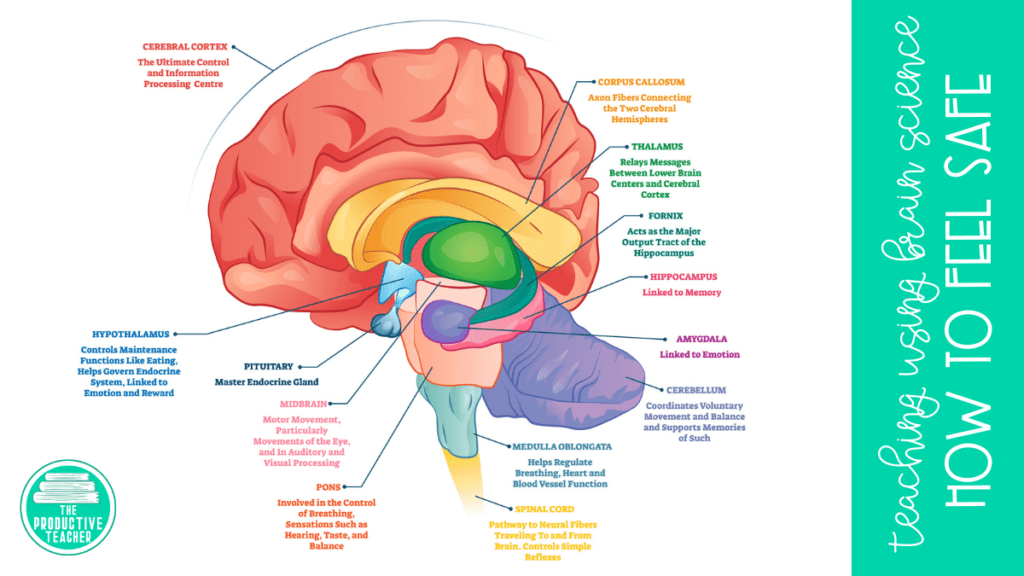
Feeling Safe vs. Being Safe
As you can see, feeling unsafe makes it harder to learn. Notice the distinction between feeling unsafe and being unsafe. Unfortunately, our brains cannot tell the difference between being unsafe and feeling unsafe, and when it has to choose, it always chooses feeling unsafe over being unsafe. You can see what it is so important that we teach students how to feel safe in the classroom.
Within Our Capacity to Cope
The best definition I have seen for feeling safe is feeling within the capacity to cope. Every situation has some level of threat, but when we feel like we can handle whatever happens in the situation, we feel safe. For example, camping has inherent dangers, but an experienced camper feels safe because she knows what to expect and can handle it. On the other hand, an office may be totally safe, but someone in a meeting may feel unsafe because he doesn’t know what to expect.
To teach our students how to be safe, we need to show them what to expect. This can take the form of posters on the wall, a classroom contract, or modeling routines. Next, we need to show them that they can handle anything that happens in the classroom. I like to do this by giving students options for when they feel challenged. If a math problem is too hard, she can work on something else while waiting for help. If a student needs time to think, he can walk down the hall for a drink of water. I also like to show students where they can go for help. They can check classroom resources, such as computers and books. Students can also ask the teacher or another student for help. The first days of class are the best time to address expectations and options, but this can be done anytime.
How to Feel Safe Using Social Signals
Our brains are especially cued to social information because being a part of the group was the difference between life and death for thousands of years. As a result, our brains are always scanning for social threats. Anyone who remembers middle school knows how overwhelming these social signals are.
As a teacher, you can control the social signals you give to your students. You can make them feel appreciated and accepted through the tone of your voice, your facial expressions, and gestures. Unfortunately, it is harder to control the social signals from other students.
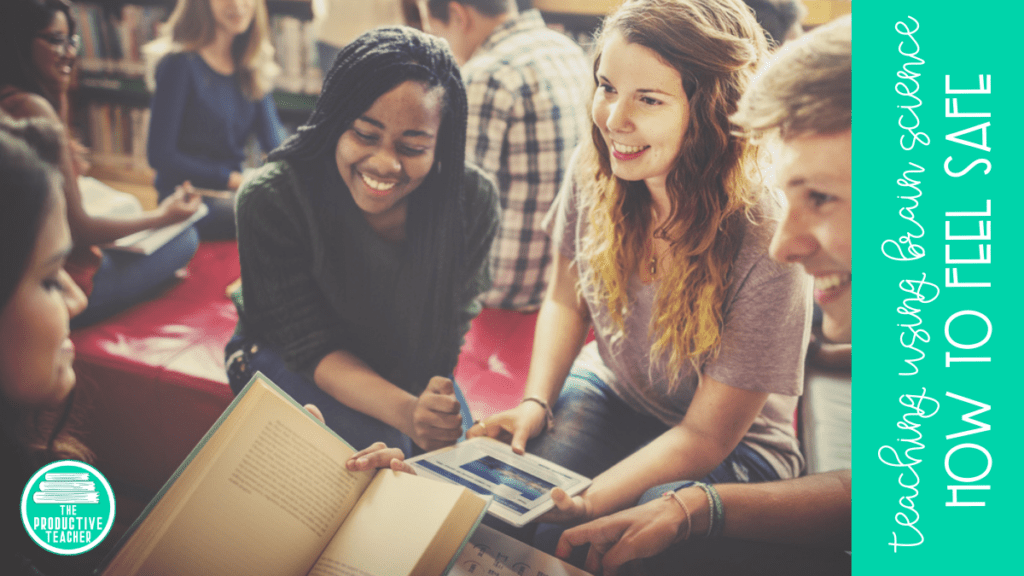
Remember that feeling safe is about being within your capacity to cope. You teach your students how to feel safe in the classroom by increasing their capacities to cope. For example, when we have a friend, we have a greater capacity to cope than when we are alone. If you ensure that every student in your classroom has at least one friend, they will be better able to cope with other students’ negative social signals.
You can also teach students about the brain science behind how to feel safe and the importance of social signaling. Introducing mindfulness practices into your classroom will help all of your students feel safer and reduce negative social signaling.
Focusing on Learning
Once you have taught your students how to feel safe in the classroom, you can focus on the important work of learning. Just remember that the feeling of safety is something you create daily. Helping your students feel safe is never done.
Are You Teaching Science?
I am working on creating more science units so that every science teacher can get exactly what he or she needs for her students. You can also read about how I use brain science to teach other science topics on my blog. Click the pictures below to learn more.
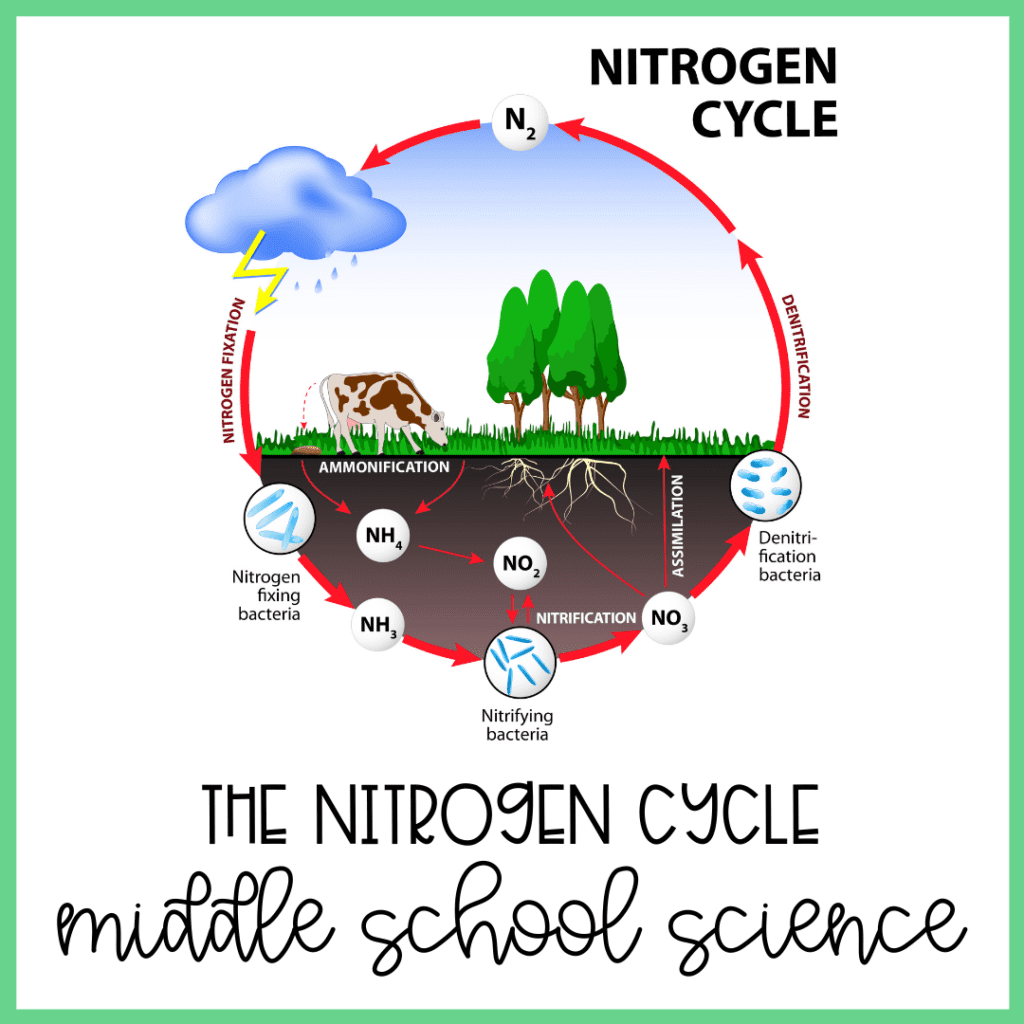
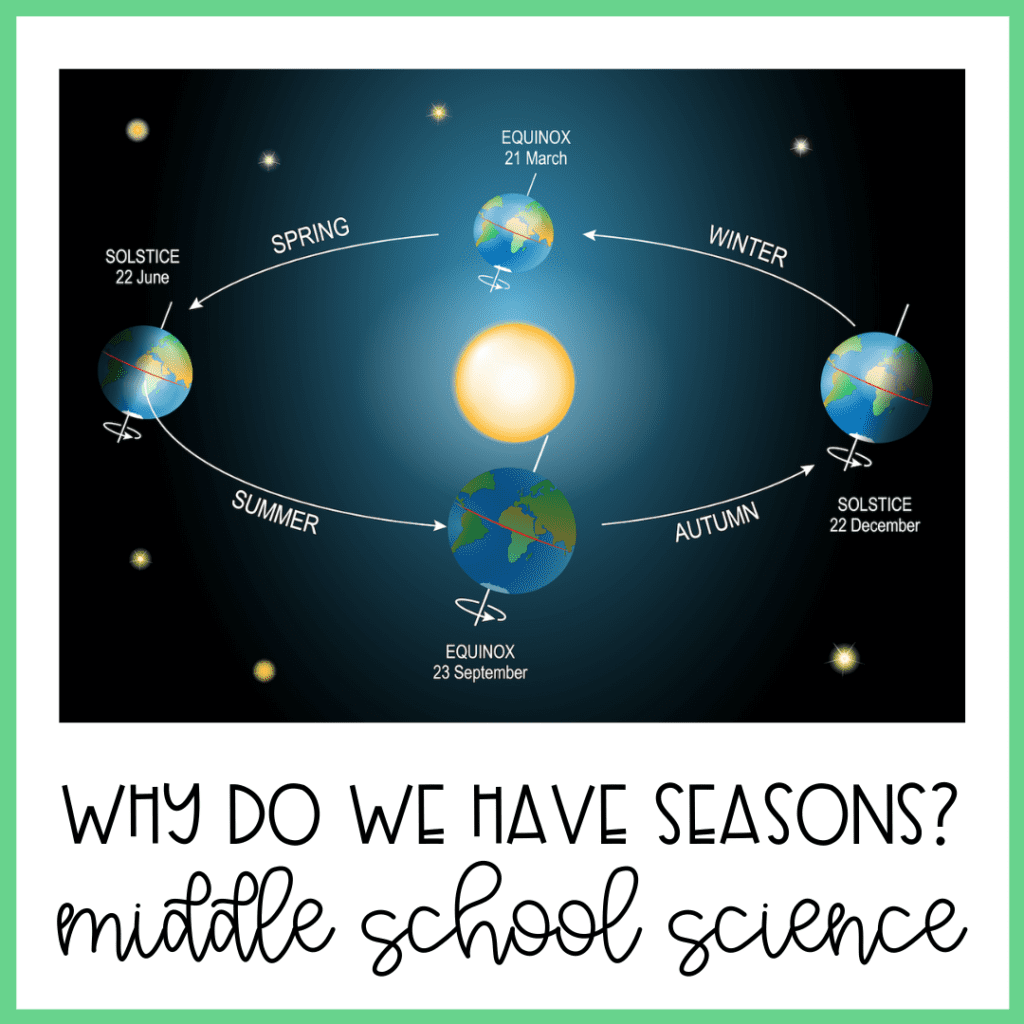

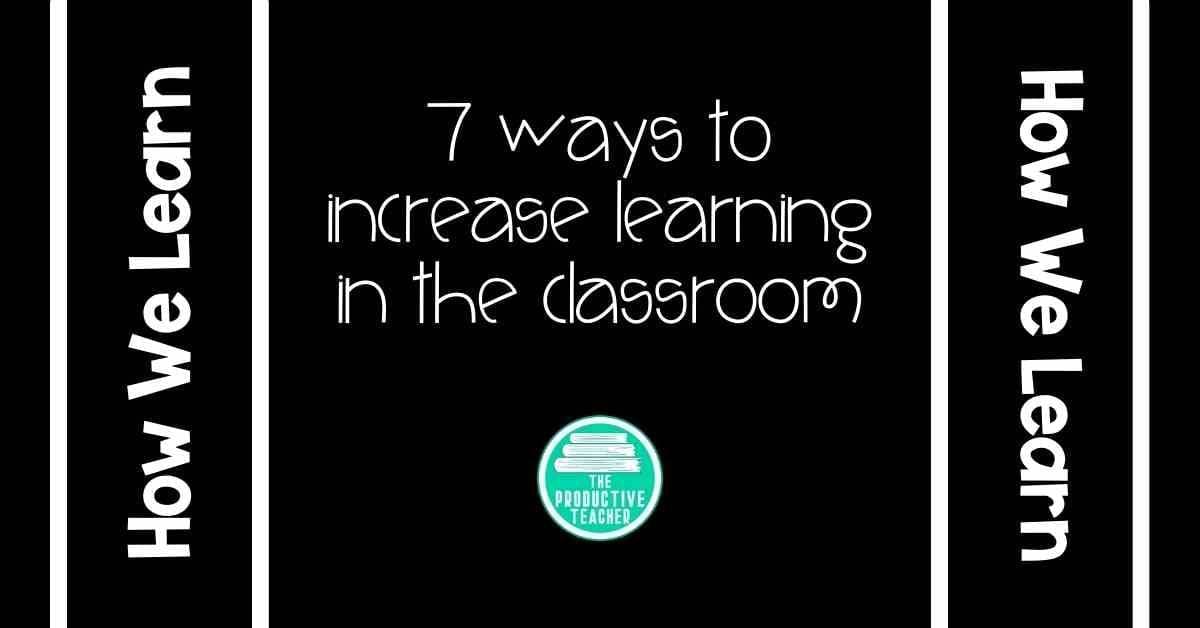
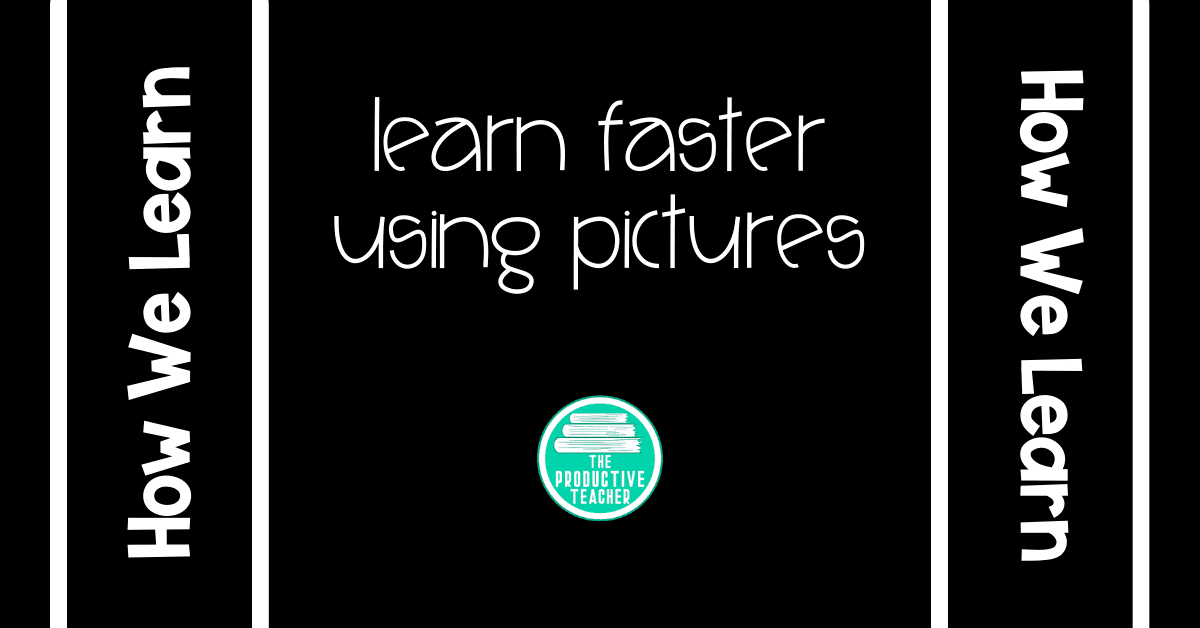
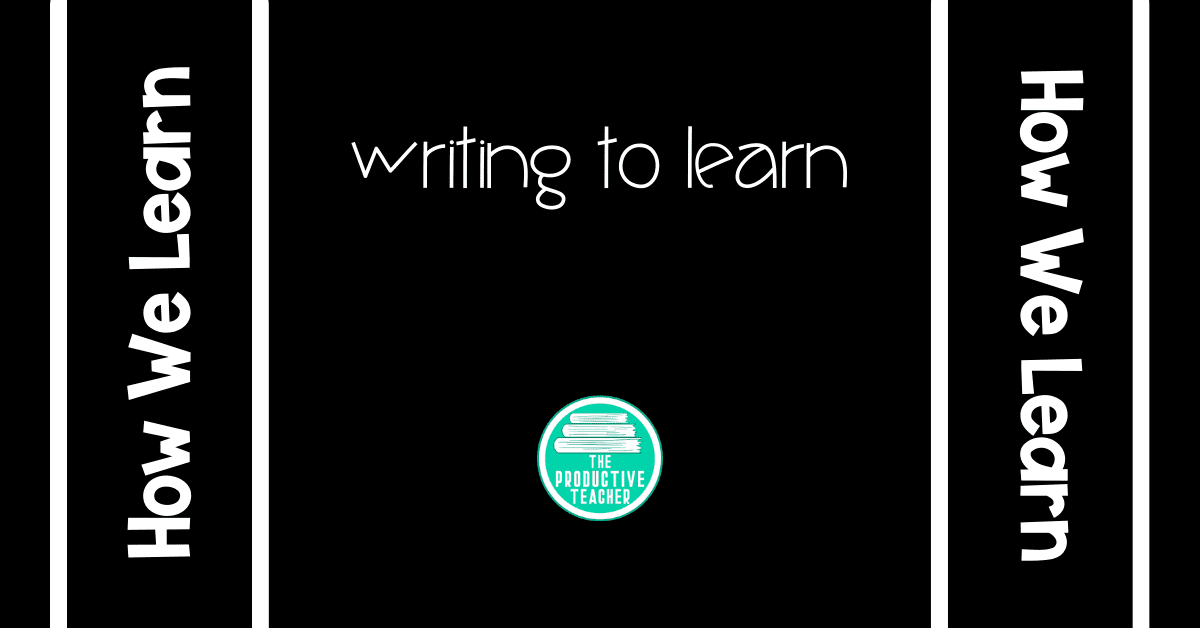
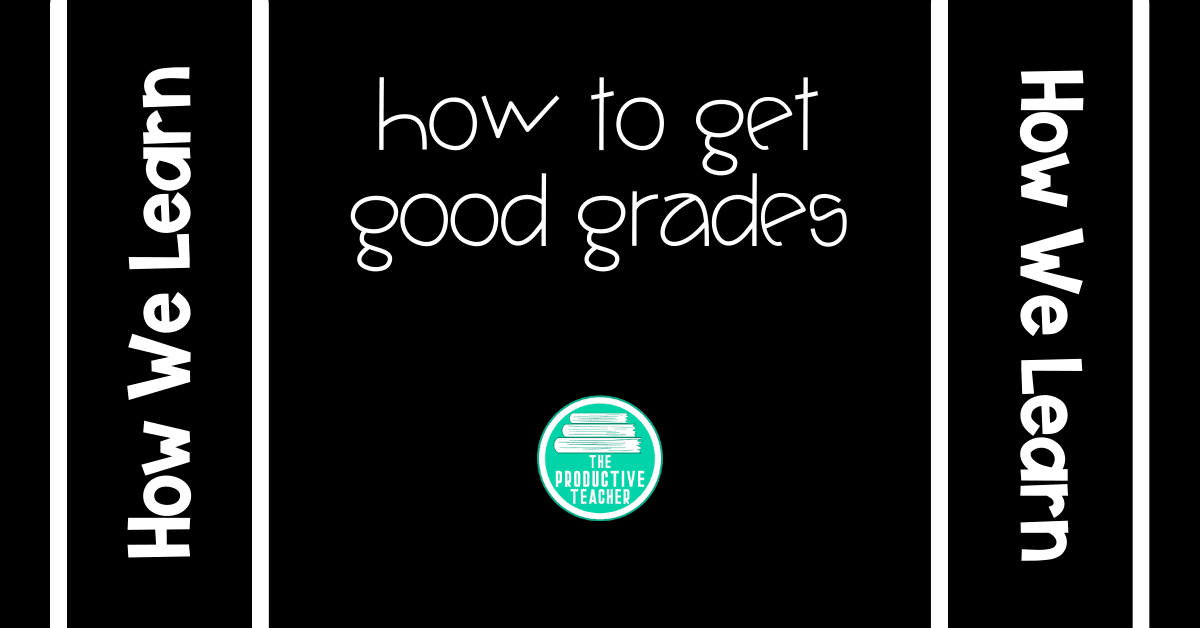
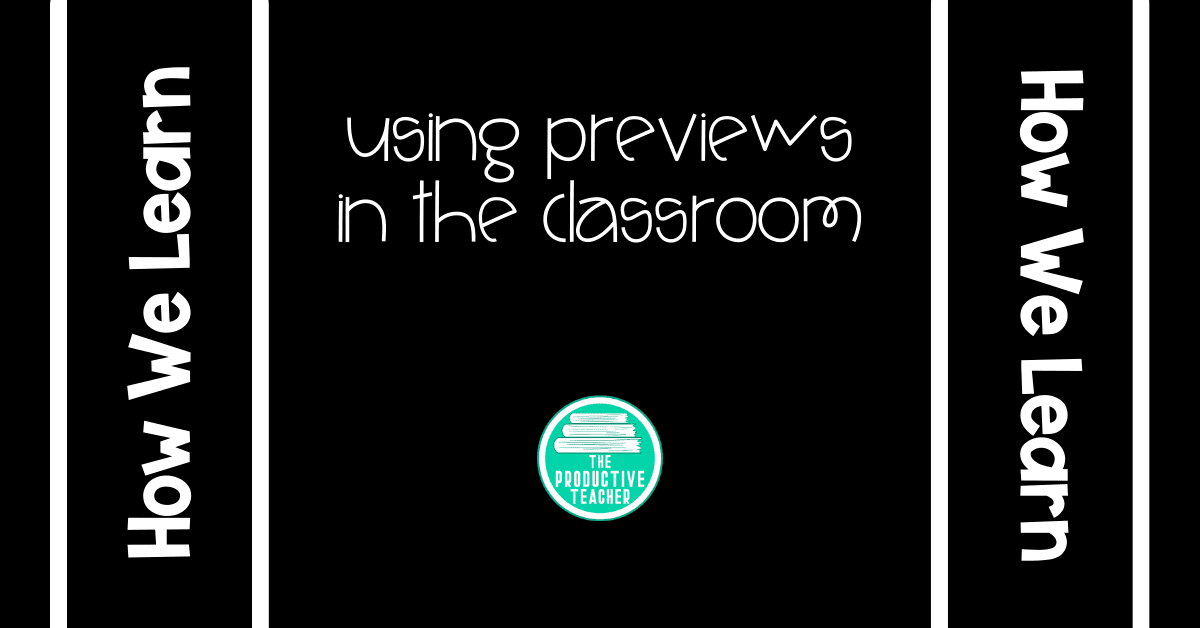
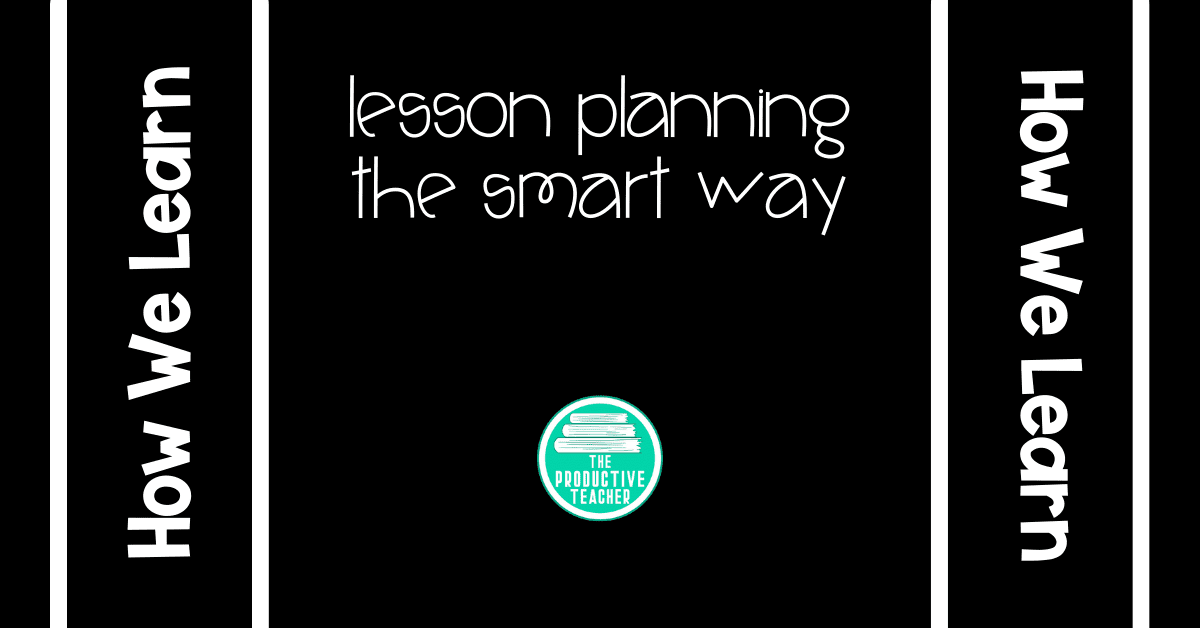
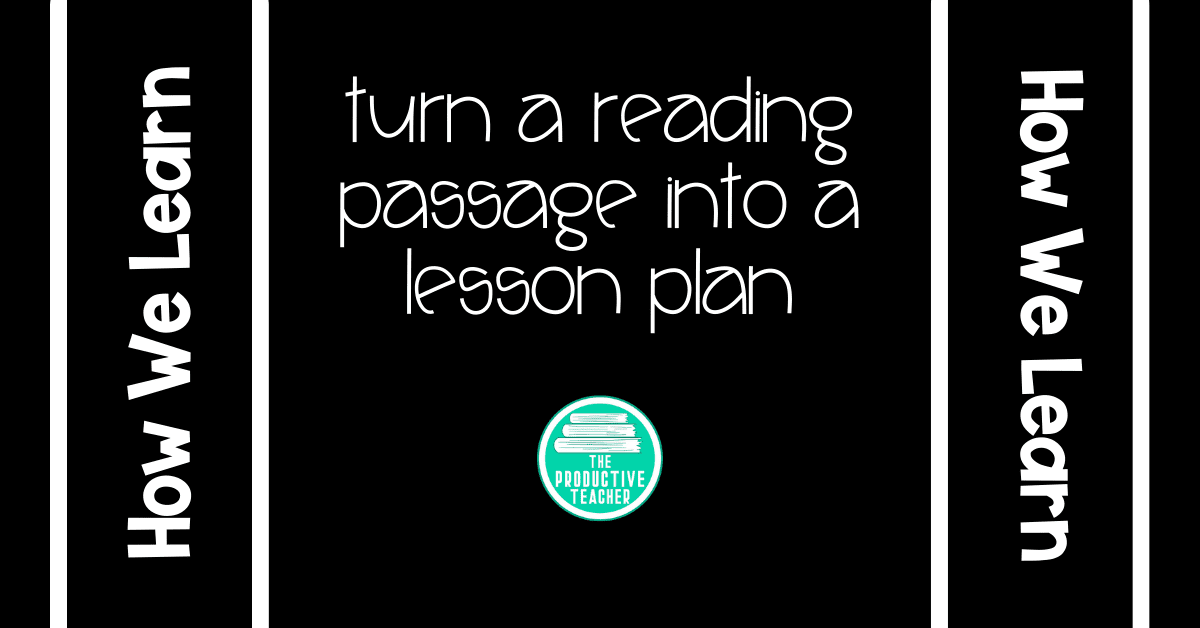
Leave a Reply